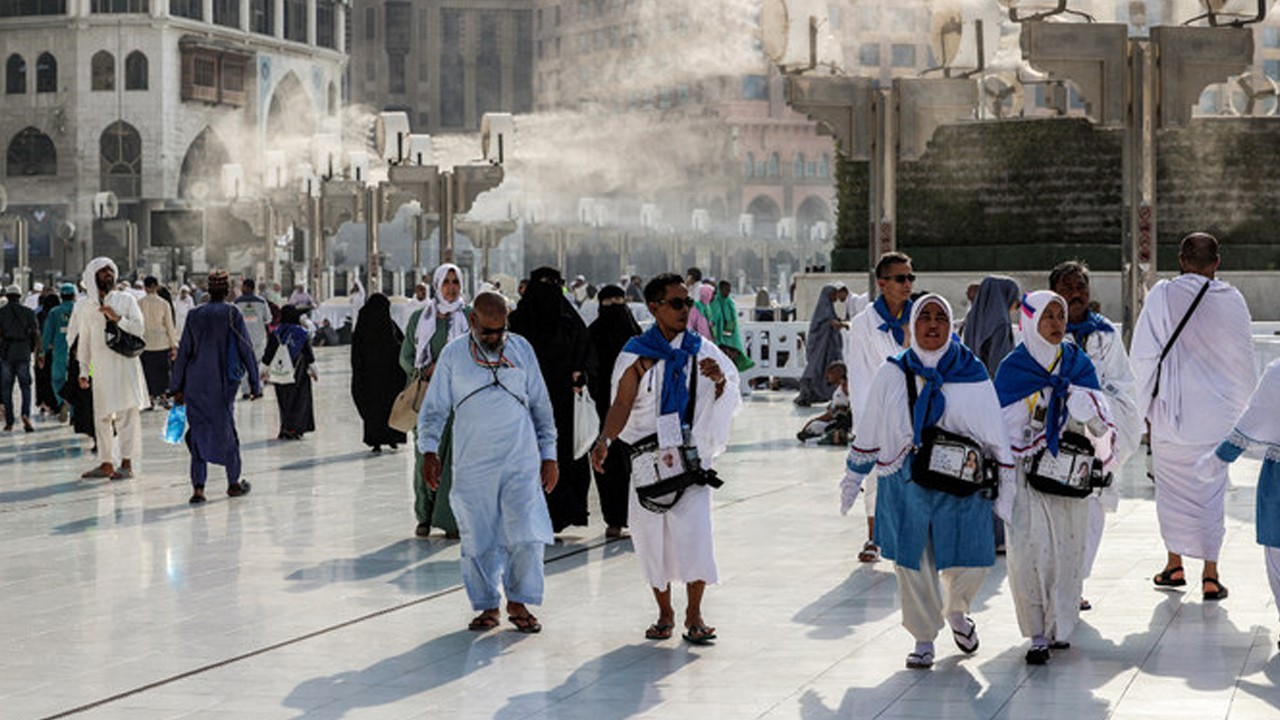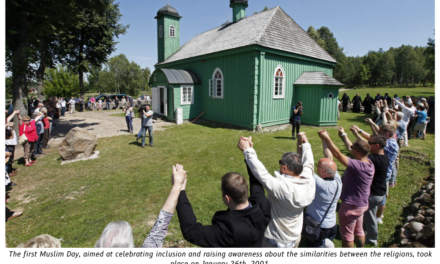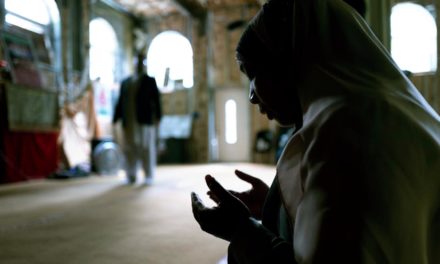At 109 years old, Grandma Sumbuk, lovingly called Nenek Sumbuk, became Indonesia’s oldest Hajj pilgrim in 2025. Despite her frail steps and fading hearing, her determination remains unbroken.
“My prayer is that my Hajj will be accepted and blessed,” she said in Javanese, her words translated by her daughter, Sukmi. With meticulous support from the Hajj and Umrah Guidance Group (KBIHU), including a wheelchair and a dedicated assistant, she started her journey as part of the Jakarta-Bekasi (JKS) group.

Last year, another inspiring figure, Kazimiya Hatim, a 104-year-old Iraqi woman, who was warmly welcomed at Prince Mohammed bin Abdulaziz International Airport in Madinah, had performed Hajj.
“I am happy to be in the Kingdom,” she expressed with quiet joy. Accompanied by her agent, Ali Abd Al-Rida Khazim, she traveled to Makkah via the Al-Haramain train after visiting the Prophet’s Mosque.
This year’s Hajj is poised to be the largest in history, with Saudi Arabia anticipating over 2.5 million pilgrims. Indonesia leads with the highest quota at 221,000, followed by Pakistan (180,000), India (175,025), Bangladesh (127,198), Nigeria (95,000), and Iran (87,550).
By mid-May, more than 220,000 pilgrims from Indonesia, Pakistan, and Bangladesh had already arrived, marking a significant surge in participation as global Muslims eagerly return to this sacred tradition post-pandemic.

For elderly pilgrims, the journey demands extra precautions. Saudi regulations require those over 65 to travel with a companion, women must be accompanied by a female guardian aged 45–60.
Mandatory medical screenings ensure pilgrims are physically fit, while practical measures like hydration, shaded rest areas, and avoiding peak heat hours (noon to 3 PM) are strongly advised. Wheelchairs are recommended for strenuous rituals such as tawaf and sa’i, ensuring safety without compromising spiritual fulfillment.
By Kanza Emaan














